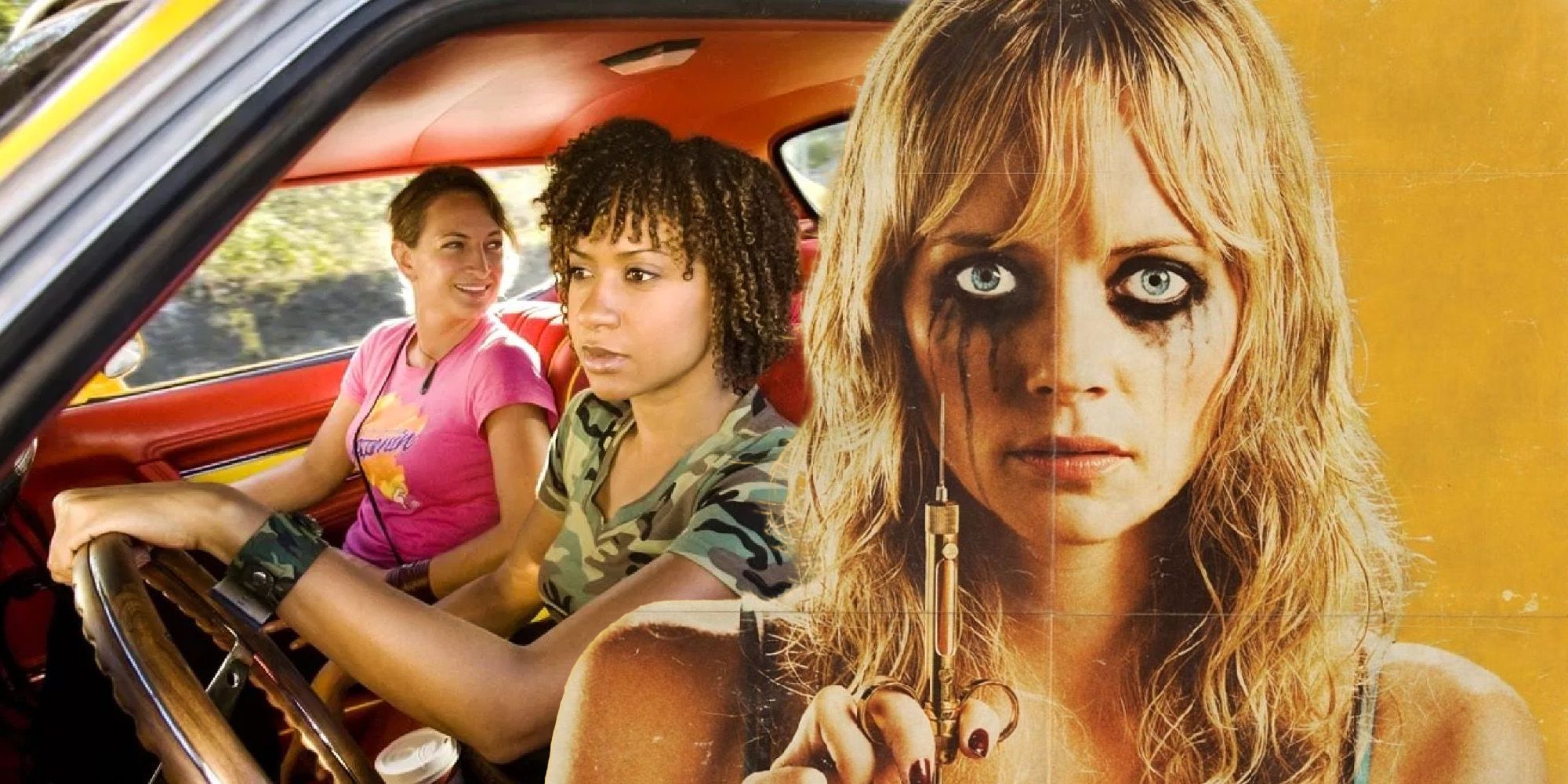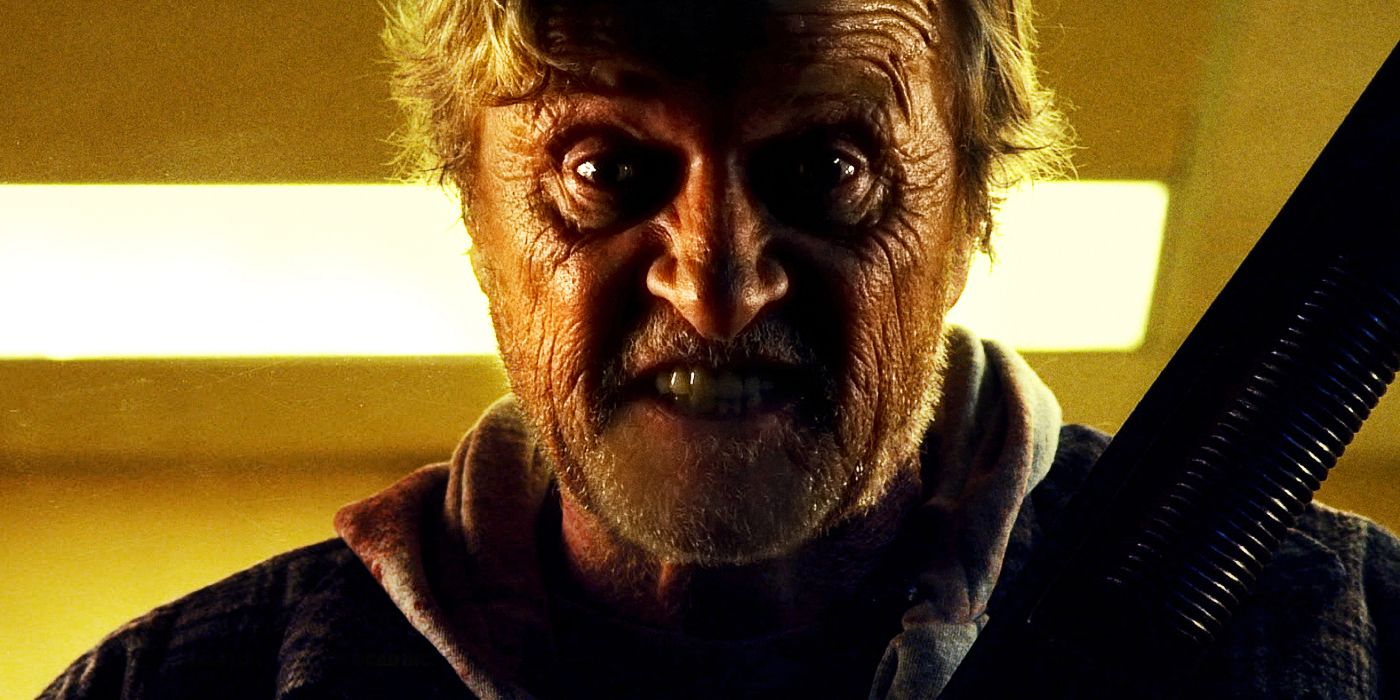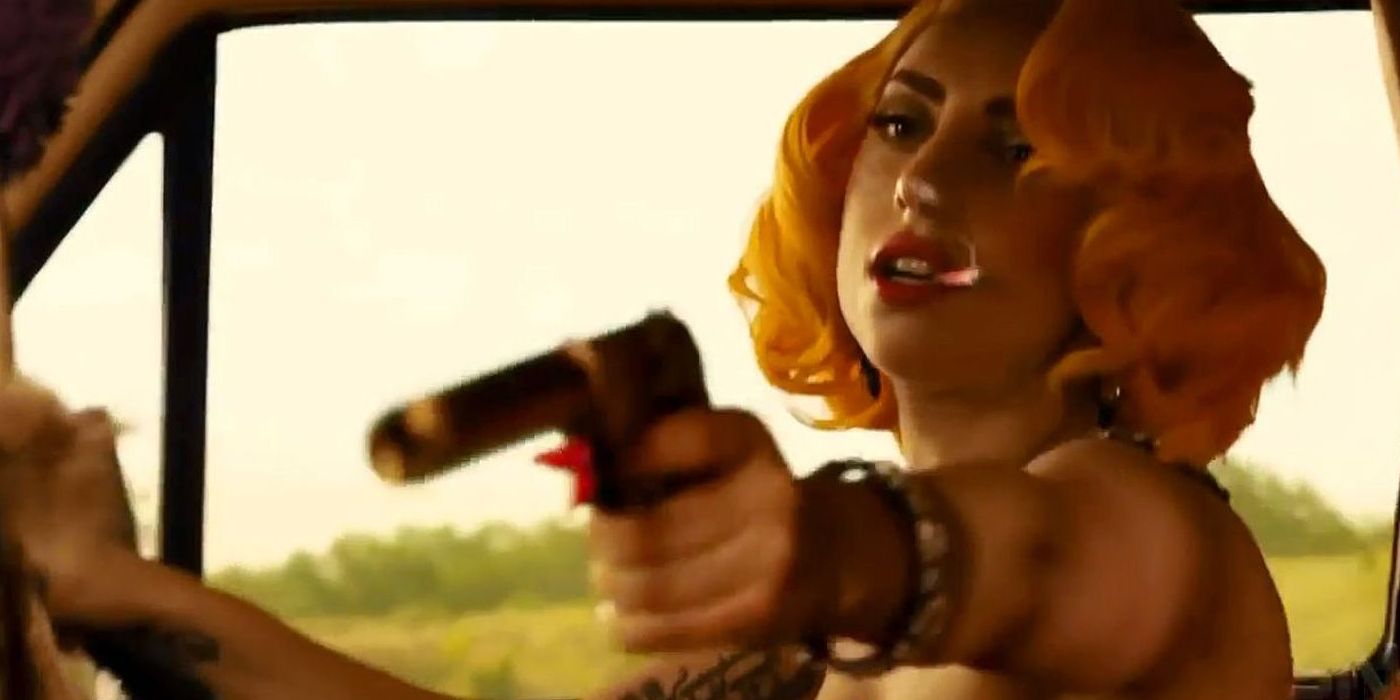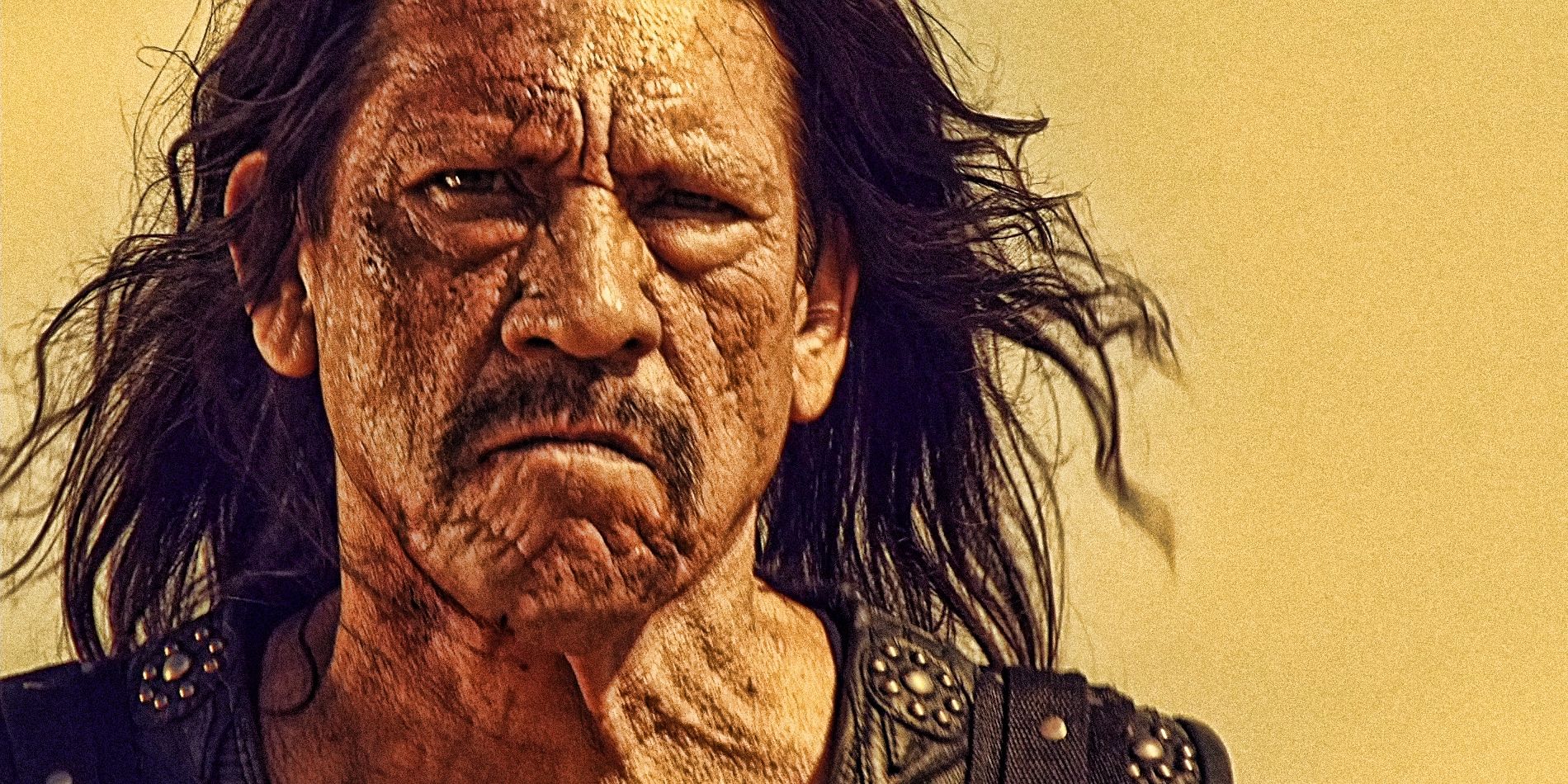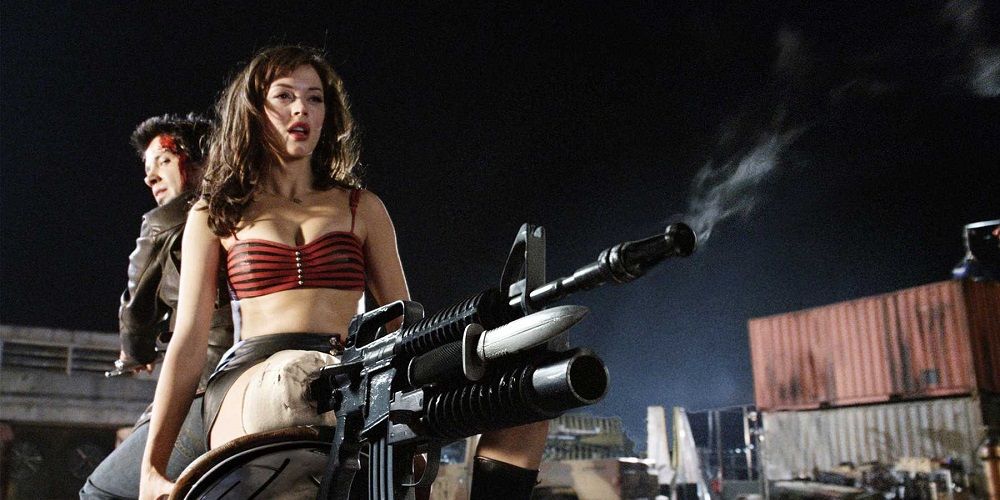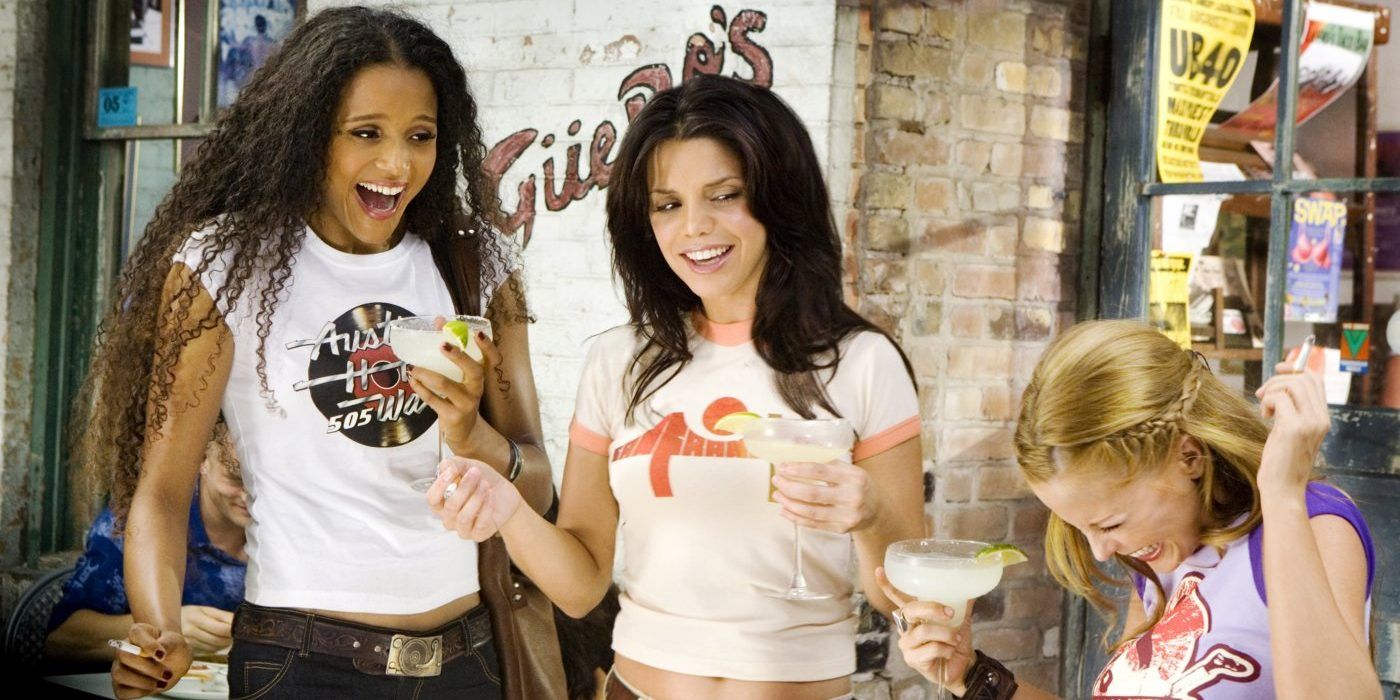Despite performing poorly at the box office, Robert Rodriguez and Quentin Tarantino’s Grindhouse inspired a wave of spin-off projects; here’s every Grindhouse movie, ranked from worst to best. Released in 2007, Grindhouse was an attempt to revive exploitation cinema, paying homage to the 1970s urban movie-going experience with an outrageous double feature, complete with fake trailers and a worn aesthetic. Tarantino’s Death Proof followed Rodriguez’s Planet Terror. Two movies for the price of one — what could possibly go wrong?
To put it simply, people didn’t get Grindhouse. Not initially, anyway. In the modern age, most movies with a three-hour runtime tend to put audiences off. They're no longer viewed as value for money, but rather daunting and overindulgent. That said, many audience members reportedly left the theatre after Planet Terror, completely unaware that a second feature was on the way. Additionally, the exploitation genre is a niche one to begin with, as it appeals to a very specific sensibility. Founded on simple, cathartic pleasures and low-budget, gonzo filmmaking, exploitation movies have always offended the establishment and been looked down upon by those who fail to see a funny side of blood, guts, sex, and mayhem.
With confusion surrounding the double feature concept, Grindhouse was split upon international release, ditching its outlandish presentation style along with the fake trailers. Death Proof even played at Cannes with an extended cut, a far-cry from its trashy inspirations. In the following years, Tarantino attempted to distance himself from the Grindhouse brand while Rodriguez doubled-down, directing two spin-off films adapted from the fake Machete trailer. Additionally, Hobo with a Shotgun (another fake trailer, exclusive to the Canadian release) was later adapted into a feature film, though neither Rodriguez or Tarantino were involved in its production. Without further ado, here’s every Grindhouse movie ranked from worst to best.
Hobo with a Shotgun (2011)
As previously stated, Hobo with a Shotgun started life as a fake trailer directed by Canadian Jason Eisener as part of a contest to promote Grindhouse. Upon winning the competition, Eisener’s trailer was added to the film in certain parts of Canada. After gaining attention online, the trailer was adapted into a feature film starring Rutger Hauer (of Blade Runner fame) as the titular homeless man. Finding himself in “Scum Town”, the Hobo bears witness to a slew of violent crimes, eventually taking up arms to enact his own, unique brand of vigilante justice. Or, to put it more simply: Hobo with a Shotgun.
This is the darkest entry in the Grindhouse series. Case in point, a bus-load of kids get torched by a flamethrower, and that’s one of the funnier scenes. While there are moments of dark comedy present, Hobo with a Shotgun is a decidedly somber affair and, despite receiving decent reviews at the time, feels more unpleasant than entertaining. Hauer’s performance carries the film, for the most part, but—running at just under an hour and a half—Hobo with a Shotgun overstays its welcome. In a phrase that rings true for most of the Grindhouse spin-offs: the original fake trailer was better.
Machete Kills (2013)
The second Grindhouse spin-off featuring Danny Trejo as Machete, Machete Kills is actually more entertaining than the first Machete film—beat for beat—but is let down by its final act, ending on a cliffhanger that sets up a third sequel that, in all likelihood, will never be made. Prior to that, Machete Kills is a more epic movie than its predecessor, clearly influenced by the James Bond movies, with the titular federale working for the US government to eliminate a clairvoyant arms dealer (Mel Gibson) and a Mexican revolutionary with split-personality disorder (Demián Bichir). In addition, a shape-shifting hitman, El Camaleón, joins the fray, and is played by a succession of actors. Namely, Walton Goggins, Cuba Gooding Jr., Antonio Banderas, and—in an inspired piece of casting—Lady Gaga. The US president is also played by Charlie Sheen (credited as Carlos Estévez in a nod to his Hispanic roots). After that cast list, who cares about the plot? The filmmakers clearly didn’t, and that's all part of the fun.
Machete (2010)
While Machete Kills had a clairvoyant villain, the original Machete is eerily prescient in light of Donald Trump’s rise to power. Adapted from one of the fake Grindhouse trailers, Machete belongs to the Mexploitation subgenre, which explores themes relating to the Hispanic experience in America and immigration. Set up and betrayed after being hired to assassinate a Texas Senator (Robert De Niro), Machete becomes embroiled in a political conspiracy, hunting down his former employer (Jeff Fahey) and unveiling plans that would give De Niro’s character control of the Mexican border. The only difference between the plot of this movie and Trump’s early immigration plans are that he wanted to build a wall, while De Niro’s character favors an electric fence. Otherwise, Machete features Danny Trejo swinging on a dude’s intestines like a bungee cord, which is Grindhouse to the core.
Planet Terror (2007)
Robert Rodriguez’s contribution to the original Grindhouse double feature, Planet Terror is an outlandish zombie flick. Starring Rose McGowan, Planet Terror focuses on Cherry Darling, a go-go dancer with a machine-gun leg who leads a band of survivors into battle, clashing with an infected military unit with ties to the Iraq War and the wider War on Terror (hence the movie’s title). It’s a clever update to the exploitation genre, which would regularly comment on the then-current Vietnam War. The ensemble cast is excellent, stuffed with genre legends including Josh Brolin, Michael Biehn, Tom Savini, Michael Parks, Bruce Willis, and Quentin Tarantino. Planet Terror is big, broad fun with excellent practical effects, sullied slightly in its final act by the overuse of CGI and green screen which clash with the DIY, exploitation aesthetic. That said, it feels like the most influential film in the franchise, presenting an alternate universe wherein the grindhouse boom had continued into the modern-day uninterrupted and utilized new technology to capture that old, B-movie spirit.
Death Proof (2007)
Quentin Tarantino’s contribution to Grindhouse, Death Proof, is a movie with two distinct halves — part slasher film, part car chase thriller, and all Tarantino. Kurt Russell plays Stuntman Mike, a serial killer who preys on young women, dispatching them via staged car accidents with the aid of his "death proof" car. The movie follows two separate groups of women: the first being Mike’s prey, while the second group turns the tables on him. While the first half adheres to the familiar slasher structure, the second half takes a more post-modern approach — subverting its arguably misogynistic conceit by turning it into a feminist thriller. The climactic chase sequence is cheer-inducing, especially when watched with a crowd, and—beyond the surface, genre elements—the audience wants to spend time with the characters. Tarantino’s pastiche is less winking than Rodriguez’s, presenting an earnest slasher narrative before deconstructing the genre in Death Proof’s second half.
Special attention must be paid to Zoë Bell, the legendary Kiwi stuntwoman, who plays herself. She is both incredibly endearing and incredibly impressive, spending most of the chase scenes hanging off the front of a moving car. The stunt work and effects are 100% practical (Tarantino’s preference), lending a real sense of danger to the picture. If Death Proof has a fault, it's the way it was initially presented. As part of Grindhouse, it’s overkill, already feeling like two movies in one. For this reason, Death Proof is often seen as the black sheep among Tarantino’s filmography. In its solo, extended form, however, it might well be the best movie he’s ever made.

